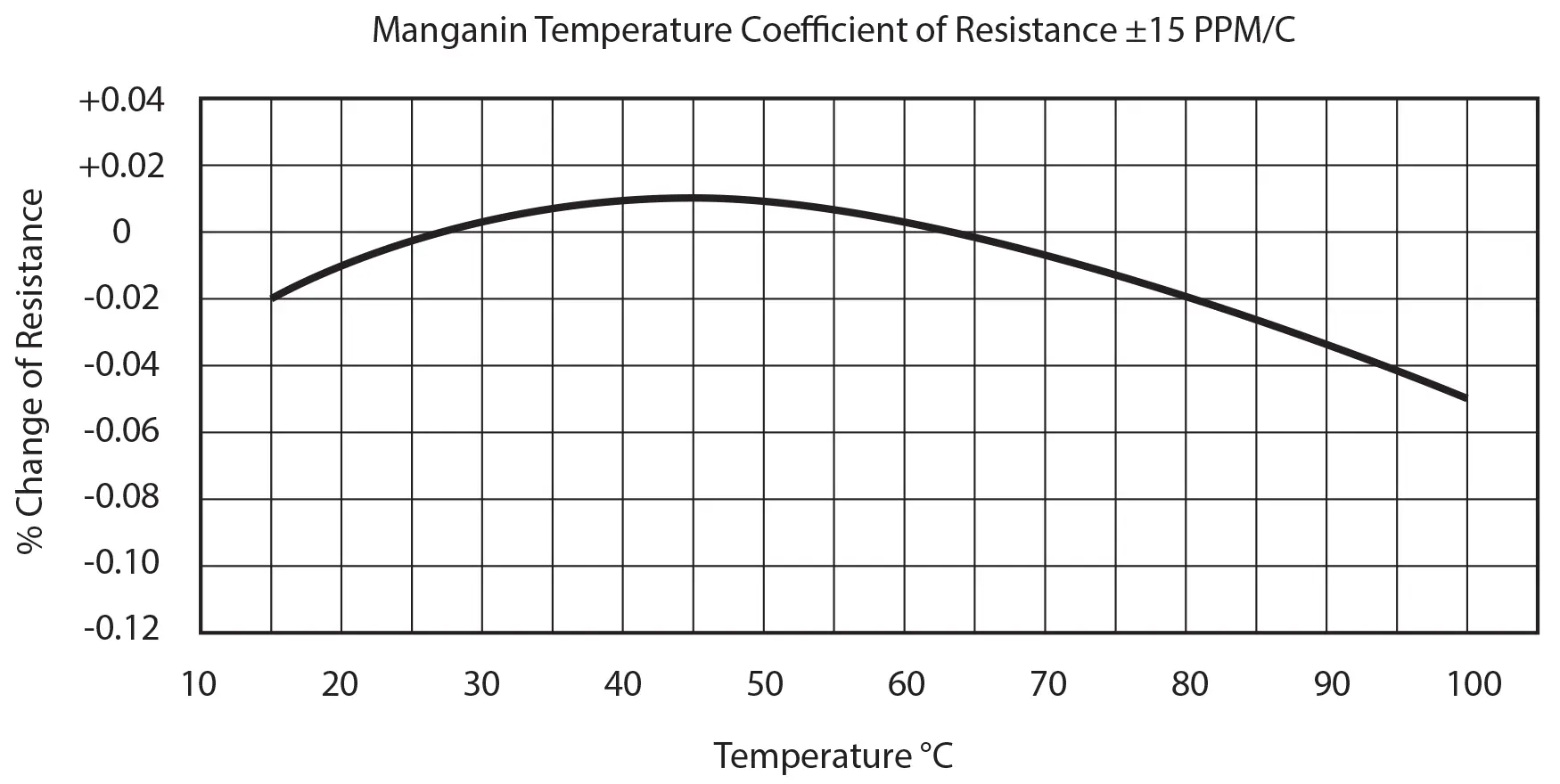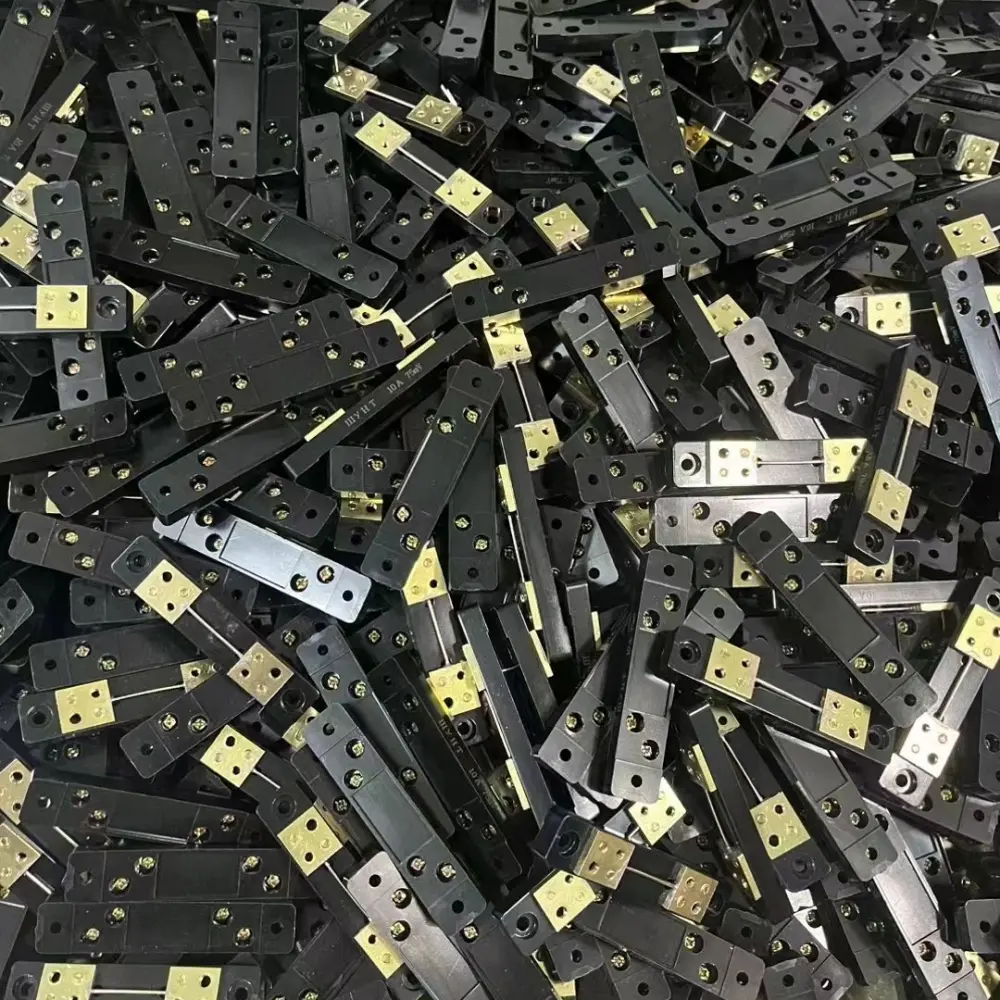Introduction
Electric vehicles (EVs) have emerged as a cleaner and more efficient alternative to traditional gasoline-powered vehicles. As the demand for EVs continues to rise, it is crucial to develop and implement advanced technologies that enhance their performance and safety. One such technology that plays a crucial role in revolutionizing EV battery systems is the DC shunt.
In this comprehensive guide, we will explore the key role of DC current shunts in new energy vehicle battery systems. We will delve into how DC shunts work, their impact on battery performance, and their integration and application in battery management systems. Furthermore, we will discuss strategies to improve energy efficiency and safety in electric vehicles with the use of DC shunts.
Section 1: Understanding DC Shunts
1.1 What is a DC Shunt?
A DC shunt is a specialized type of resistor designed to measure and monitor electrical currents in DC current systems. It consists of two conductive metals connected by a band of specialized metal, known as manganin. The shunt is placed in series along the DC line, allowing a small proportional voltage drop to be detected when current flows through it.
1.2 Why are DC Shunts Used in EVs?
In electric vehicles, the current flowing through the battery system can be too large to be directly measured by a panel meter or other instruments. DC shunts serve as a crucial component in EV battery systems, providing an accurate measurement of the current and enabling precise energy calculations. This data is essential for monitoring battery health, optimizing charging and discharging processes, and ensuring overall system efficiency.
1.3 Different DC Shunt Models for EVs
DC shunts are available in various models to accommodate different current ratings. These models include:
- Shunt-50A/75mV
- Shunt-100A/75mV
- Shunt-200A/75mV
- Shunt-500A/75mV
- Shunt-1000A/75mV
- Shunt-2000A/75mV
- Shunt-4000A/75mV
Section 2: The Working Principle of DC Shunts
2.1 Measurement of Current
DC shunts work on the principle of measuring current based on the voltage drop across a high-precision resistor. The manganin band within the shunt offers a precise resistance value, allowing for accurate current measurement. The voltage drop across the shunt is proportional to the current flowing through it, enabling the calculation of the current using Ohm’s Law (V = I * R).

2.2 Integration into Battery Management Systems
DC shunts are integrated into battery management systems (BMS) in EVs to monitor and control the charging and discharging processes. The BMS utilizes the current measurements provided by the DC shunts to optimize the battery’s energy efficiency, protect it from overcharging or overdischarging, and ensure uniform cell balancing.
Section 3: Impact of DC Shunts on Battery Performance
3.1 Enhanced Energy Efficiency
By accurately measuring the current flowing through the battery system, DC shunts enable precise energy calculations. This data allows for efficient battery management, ensuring optimal charging and discharging cycles that minimize energy losses and maximize overall efficiency. As a result, EVs equipped with DC shunts can achieve longer driving ranges and improved energy utilization.
3.2 Battery Health Monitoring
DC shunts play a vital role in monitoring the health of EV batteries. By continuously measuring the current, they provide valuable information about battery performance and degradation over time. This data enables early detection of potential issues such as cell imbalances, high internal resistance, or abnormal current flows, allowing for timely maintenance and replacement to ensure the longevity of the battery.
3.3 Safety Enhancement
The accurate measurement of current provided by DC shunts significantly enhances the safety of EV battery systems. By monitoring the current flow, abnormal behaviors such as short circuits or excessive current draw can be detected and addressed promptly. This proactive approach helps prevent dangerous situations, such as thermal runaway or fire hazards, ensuring the overall safety of the vehicle and its occupants.
Section 4: Improving Energy Efficiency and Safety with DC Shunts
4.1 Optimal Charging and Discharging Strategies
With the help of DC shunts, EV battery management systems can implement intelligent charging and discharging strategies. By precisely measuring the current, the BMS can optimize the charging process to avoid overcharging or undercharging, which can degrade the battery’s performance and reduce its lifespan. Similarly, during discharging, the BMS can ensure uniform cell balancing, preventing premature cell failure and maximizing energy utilization.
4.2 Real-time Performance Monitoring
DC shunts enable real-time performance monitoring of EV batteries. The BMS can continuously analyze the current data provided by the shunts to assess battery health, detect any abnormalities, and make necessary adjustments to optimize system performance. This real-time monitoring allows for proactive maintenance, reducing the risk of unexpected battery failures and improving the overall reliability of the vehicle.
4.3 Integration with Advanced Safety Systems
The accurate current measurement offered by DC shunts can be integrated with advanced safety systems in EVs. This integration allows for enhanced safety features such as overcurrent protection, short-circuit detection, and rapid shutdown in case of emergencies. By leveraging the data provided by the DC shunts, these safety systems can respond quickly and effectively to potential hazards, minimizing the risk of accidents and ensuring the well-being of the vehicle and its occupants.
Conclusion
DC shunts play a pivotal role in revolutionizing EV battery systems. Their accurate measurement of current enables precise energy calculations, enhanced battery performance, and improved safety. By integrating DC shunts into battery management systems, EVs can achieve optimal energy efficiency, longer driving ranges, and proactive maintenance. As the demand for electric vehicles continues to grow, the utilization of DC shunts will continue to shape the future of EV battery technology, driving us towards a greener and more sustainable transportation ecosystem.





